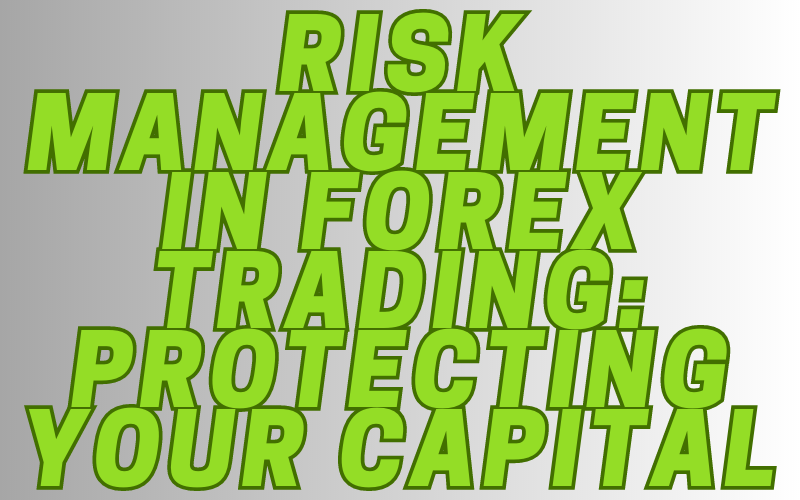
Introduction: Risk Management in Forex Trading
Successful forex trading requires not only knowledge and skill but also effective risk management. This article focuses on the importance of risk management in forex trading and provides practical tips to protect your capital.
Table of Contents
Understanding Risk in Forex Trading
- Explanation of market volatility and its impact on risk
- Differentiating between systematic and unsystematic risk
- Identifying and managing potential risks in forex trading
Setting Risk Tolerance and Capital Allocation
- Assessing your risk tolerance based on financial goals, experience, and emotional capacity
- Determining the appropriate amount of capital to allocate for each trade
- Introduction to position sizing techniques, including fixed lot size and percentage risk models
Stop Loss Orders and Take Profit Levels
- Explanation of stop loss orders and their role in limiting potential losses
- Setting realistic take profit levels based on technical analysis and risk-reward ratios
- The importance of trailing stops to protect profits during market fluctuations
Diversification and Correlations
- Understanding the concept of diversification and its application in forex trading
- Exploring currency correlations and their impact on portfolio risk
- Building a diversified forex portfolio using different currency pairs and strategies
Emotional Control and Discipline
- The role of emotions in trading and their impact on decision-making
- Tips for maintaining discipline and avoiding impulsive trades
- Utilizing trading plans and journaling to analyze and improve trading performance
Conclusion: Implementing effective risk management strategies is crucial to long-term success in forex trading. By understanding risk, setting risk tolerance, utilizing stop loss orders, diversifying trades, and maintaining emotional control, traders can protect their capital and increase their chances of profitability.







